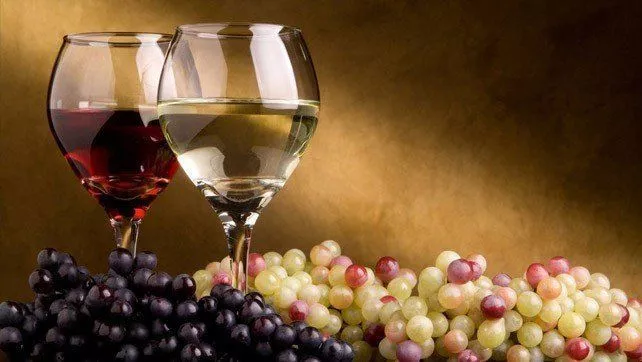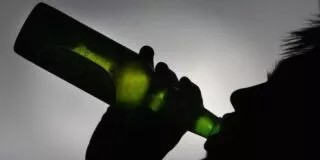Have you ever smelt a glass of wine and been enchanted by the scent?
If you’d like to learn how wine is made, here’s all the facts you need.
Wine making is a natural process that requires little human intervention. There are five steps to making a good wine, and here they are:
Harvesting
Grapes, used for wine making, are grown in vineyards, typically in warm climates.
This is because the fruit produces a reliable amount of sugar, to yield sufficient alcohol and preserve the beverage.
Not many other fruits have the required acids needed for wine-making, making grapes natural and stable components.
When they are ripened, they are picked.
This can be done mechanically, but most places still prefer to do this by hand. This is because the machinery can be too rough and many of the grapes can be damaged.
When all the grapes are collected, the bunches will be sorted, removing any which are damaged or bruised.
Crushing and Pressing
Traditionally, men and women alike used to perform the harvest dance in large barrels.
The fruit would be crushed under foot, releasing the juices that are essential for wine making.
This romantic notion and tradition has been lost with the introduction of machinery, which saves on time.
Some wine makers allow the fermentation process to naturally burst the skin. Some pressing machines can also do this at a faster rate, increasing productivity.
To make white wine, grapes are pressed and the skin is immediately removed so the juice is separated and contained.
In red wine making, the skin is left in contact with the fruit to deepen its colorisation and heighten its flavor and scent.
Fermentation
Natural fermentation can begin from between six to twelve hours after pressing.
Some containers are left bared to the air, where the wild yeasts can mingle and quicken the process.
The process continues until the sugar is fully converted, making a dry white wine.
Fermentation is anywhere from ten days to a month.
Clarification
The wine can be siphoned from tank to barrel, barrel to rack.
If any solids (also known as pomace) remain from the fermenting process, they are disposed of, and sometimes used in the scrap food given to farm animals.
Sterile filter pads remove any sign of life in the wine.
Occasionally, solids are added, which people believe will remove any remaining life in the wine.
Aging and Bottling
Once in bottles, they are labelled and shipped out to stores or houses where it is made available to the general public.
Aging is when the bottle is stored for a length of time, where the price value increases.
Aging can also take part in tanks, ovals or barriques. Interestingly, the process can be taken into your own home, with wine making kits readily available from superstores and specialist stores.











